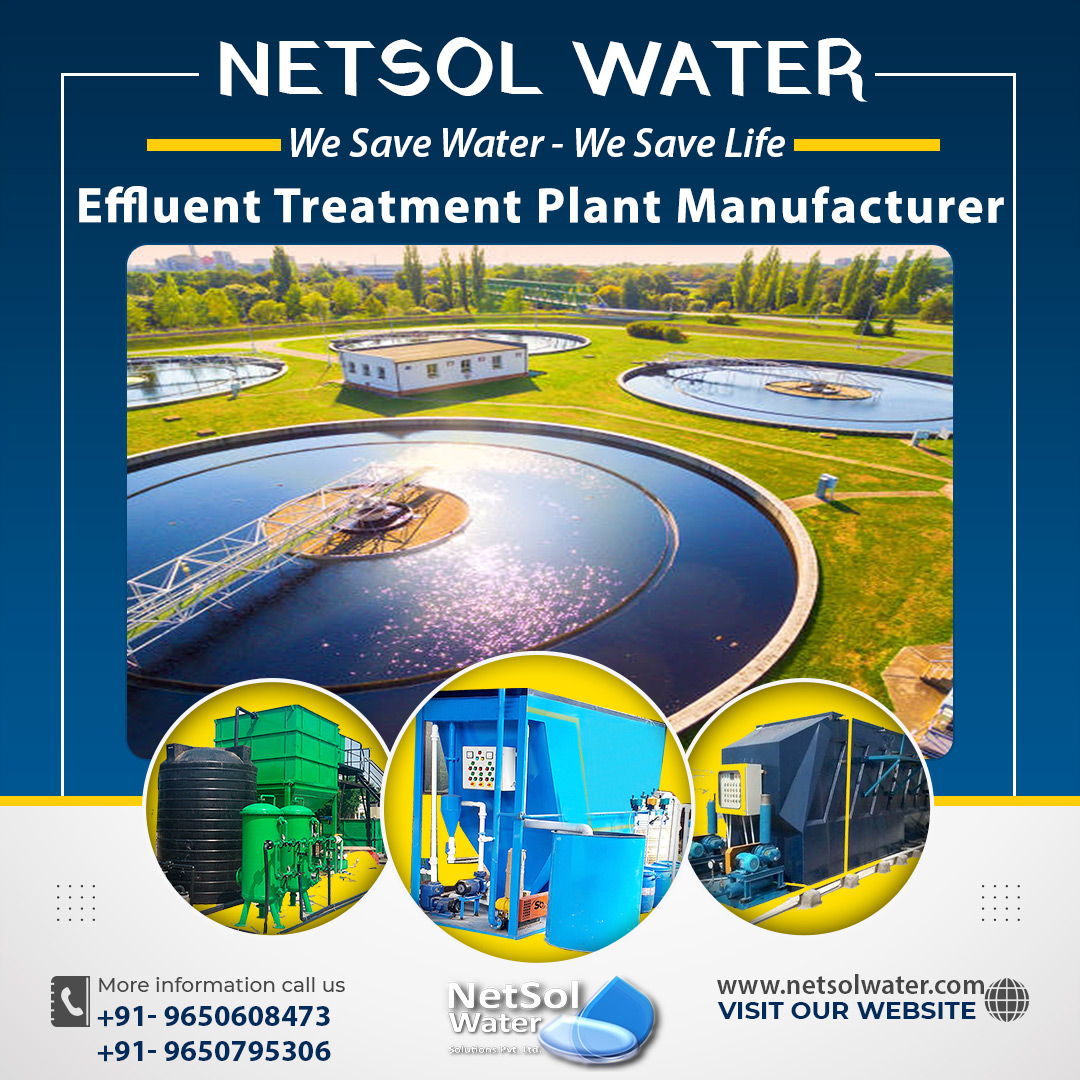How Do Effluent Treatment Plants Clean Water?
From municipal sewage to industrial process discharges, effluent treatment plants play an important role in cleaning contaminated water before releasing it back into the environment or reclaiming it for reuse. These multi-stage facilities employ a wide range of physical, chemical, and biological processes to remove pollutants and impurities. We will explores the critical treatment steps of Effluent treatment plants involved in transforming raw effluent into clean, safe water.
Understanding Effluent Characteristics
Before effluent can be effectively treated, its characteristics must be thoroughly analysed. Key parameters include:
• Biochemical oxygen demand (BOD) - Indicates organic pollution levels
• Chemical oxygen demand (COD) - Measures total chemical oxidizable
• Total suspended solids (TSS) - Insoluble particulate matter
• Heavy metals - Toxic elements like lead, mercury, cadmium
• Oil and grease - Hydrocarbons from industrial processes
• pH - Acidity or alkalinity level
• Temperature - Hot effluent requires cooling
• Microorganisms - Pathogens like bacteria, viruses, etc.
Stages Involved in Effluent Treatment Plants To Clean Water
Preliminary Treatment
The first stage focuses on removing large insoluble solids, debris, and grit that could damage downstream equipment:
• Bar screens/trash racks - Block coarse materials
• Grit chambers - Allow dense inorganic particles to settle out
• Shredding/grinding - Breaks down solids that could cause clogs
• Equalization basins - Balances out fluctuating effluent flows
Primary Treatment
After initial solids removal, primary treatment employs physical separation processes to reduce the organic and insoluble loads:
• Sedimentation tanks - Allow heavier settleable solids to sink to the bottom
• Dissolved air flotation - Injects tiny air bubbles to float lighter solids to the surface
• Oil/water separators - Trap-free oil and grease using baffles and skimmers
• Coagulation/flocculation - Chemically binds smaller particles into larger floc
Secondary Treatment
This stage utilises biological processes to break down dissolved organic matter:
• Activated sludge - Aerobic bacteria consume organic compounds
• Anaerobic treatment - Anaerobic microbes digest biodegradable organics
• Trickling filters - Aerobic biofilm on media degrade contaminants
• Oxidation ponds/lagoons - Algae and bacteria stabilise organic content
Secondary clarifiers then settle out the biological sludge, producing a clearer effluent.
Tertiary/Advanced Treatment of Effluent Treatment Plants
For further purification, effluent may undergo tertiary treatment processes:
• Ultrafiltration/nanofiltration - Membranes remove suspended solids
• Activated carbon - Adsorbs residual organics and contaminants
• Disinfection - UV light, chlorine, and ozone kill pathogens
• Denitrification - Removes nutrient nitrogen compounds
• Ion exchange - Resins remove dissolved salts and metals
By combining advanced oxidation, membrane separation, and targeted removal steps, tertiary treatment produces extremely high-quality effluent suitable for discharge or water reuse applications.
Sludge Treatment and Disposal
The various solids captured during treatment, known as sludge, require specialised management. Common sludge treatment processes include:
• Thickening - Increases concentration and reduces volume
• Dewatering - Removes additional moisture using methods like drying beds or filter presses
• Anaerobic digestion - Microbes break down organic matter, producing biogas
• Incineration - Sludge is combusted, reducing volume significantly
Stabilised sludge can then be landfilled, land-applied as a soil conditioner, or used as an energy source, depending on its characteristics.
Conclusion:
While effluent treatment plants may seem like self-contained facilities, they actually represent a crucial link in the water cycle. By employing robust multi-stage treatment processes, they fulfil the essential role of transforming contaminated effluent streams into clean water that can be safely discharged or reused. Their operations protect public health and environmental quality while maximising limited freshwater supplies. As populations and industries grow, efficient wastewater treatment will only become more critical in the future.




